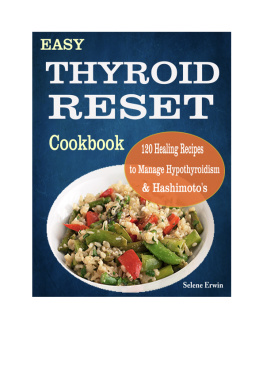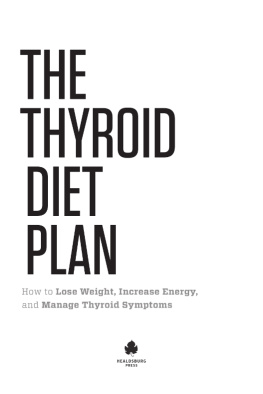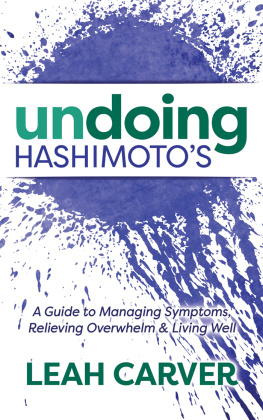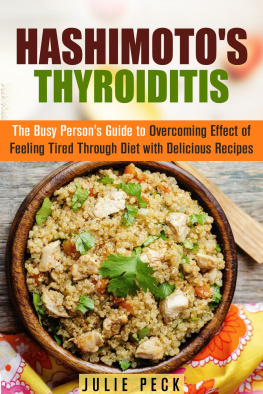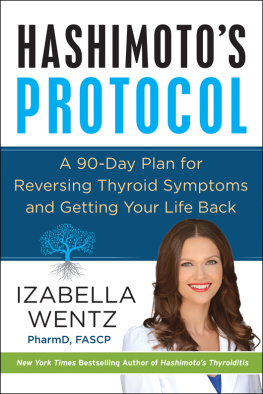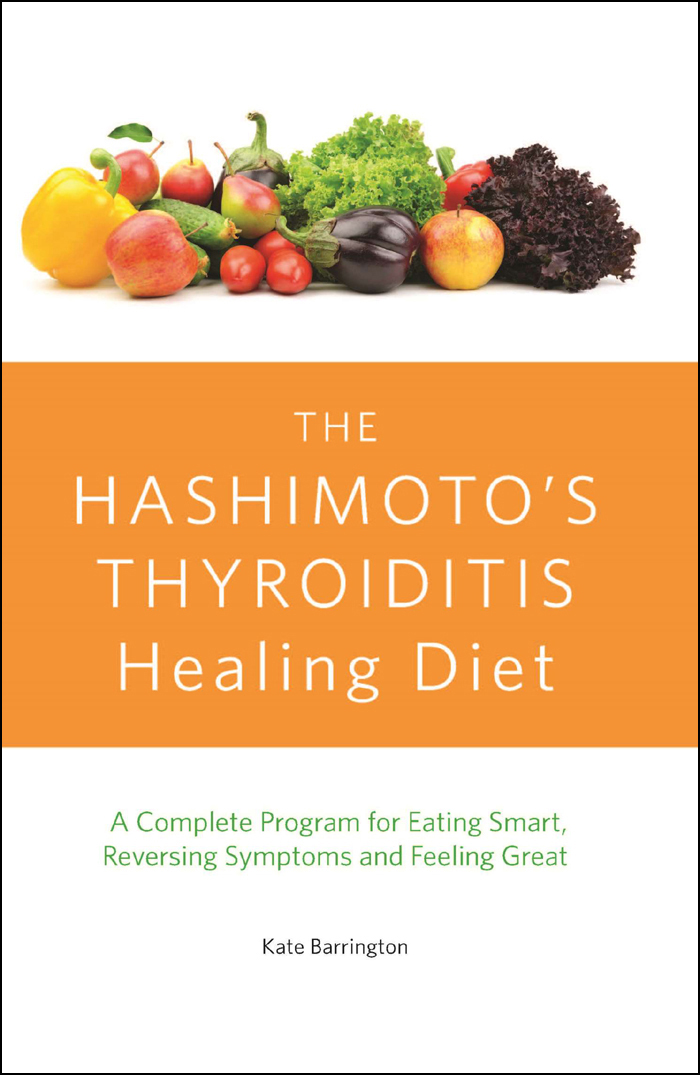
Text copyright 2016 Kate Barrington. Concept and design copyright 2016 Ulysses Press and its licensors. All rights reserved. Any unauthorized duplication in whole or in part or dissemination of this edition by any means (including but not limited to photocopying, electronic devices, digital versions, and the Internet) will be prosecuted to the fullest extent of the law.
Published in the United States by:
Ulysses Press
P.O. Box 3440
Berkeley, CA 94703
www.ulyssespress.com
ISBN 13: 978-1-61243-624-1
Acquisitions Editor: Casie Vogel
Managing Editor: Claire Chun
Project Editor: Alice Riegert
Editor: Susan Lang
Proofreader: Lauren Harrison
Index: Jay Kreider
Front cover design: Rebecca Lown
Interior design and layout: what!design @ whatweb.com
Artwork: cover Serg64/shutterstock.com, page 13 Tefi/shutterstock.com
Distributed by Publishers Group West
NOTE TO READERS: This book has been written and published strictly for informational and educational purposes only. It is not intended to serve as medical advice or to be any form of medical treatment. You should always consult your physician before altering or changing any aspect of your medical treatment and/or undertaking a diet regimen, including the guidelines as described in this book. Do not stop or change any prescription medications without the guidance and advice of your physician. Any use of the information in this book is made on the readers good judgment after consulting with his or her physician and is the readers sole responsibility. This book is not intended to diagnose or treat any medical condition and is not a substitute for a physician.
This book is independently authored and published and no sponsorship or endorsement of this book by, and no affiliation with, any trademarked brands or other products mentioned within is claimed or suggested. All trademarks that appear in ingredient lists and elsewhere in this book belong to their respective owners and are used here for informational purposes only. The authors and publishers encourage readers to patronize the quality brands mentioned in this book.
Table of Contents
Guide
Contents
Many people who suffer from fatigue, hoarse voice, and achy bones and joints assume that it is nothing more than the flu. For people with Hashimotos disease, however, these symptoms are all too familiar and cannot be eradicated with flu medicine or a bowl of chicken soup. People with Hashimotos disease experience these symptoms and many more on a daily basis, sometimes to the point where it interferes with their daily lives and their ability to work. For people with Hashimotos, a serious autoimmune disorder, life can be exhausting and painfulespecially since there is no cure for the disease.
Hashimotos disease, also called Hashimotos thyroiditis, affects roughly 14 million people in the United States alonenearly 8 percent of the population. Unfortunately, autoimmune diseases in general are still very poorly understood, despite the fact that nearly 24 million Americans are affected and approximately 90 percent of all hypothyroid disorders can be linked to autoimmune disease. Sadly, there is no cure; an autoimmune disease might go into remission, but it will never truly go away.
If you are suffering from Hashimotos, you may feel as if there is no hope. Dont worry: Although it is true that the disease cannot be cured, it is also true that there are plenty of ways to manage your condition and to find relief from symptoms. This book will show you how. For example, youll learn that modern technological advances led to the development of a synthetic thyroid hormone that has proved to be a very effective treatment for Hashimotos.
Along with taking a synthetic hormone, making changes to your diet is essential in managing Hashimotos. Increasing your intake of iodine, selenium, and other nutrients can help to reduce chronic inflammation, balance hormone levels, and repair damage to the digestive tract caused by Hashimotos. Dietary management is simple. For many people, it is as easy as taking a few supplements and eating clean, healthy foods. Certain foods should be avoided as they tend to cause Hashimotos flare-ups. This book will teach you everything you need to manage your Hashimotos disease effectively, including synthetic hormone therapy as well as diet and lifestyle changes. It will become your road map to remission, guiding you through the necessary steps to relieve your symptoms.
In this book, you will find in-depth information about Hashimotos and other autoimmune or thyroid conditions to help you gain a deeper understanding of your disease. The book also has a collection of flavorful recipes for breakfast, lunch, dinner, snacks, and more. By the time you finish reading, you will have a greater understanding of your condition and be better equipped to manage it through healthy food and lifestyle choices. So what are you waiting for? Turn the page and get started on a healthier, happier path!
Hashimotos disease is the most common cause of hypothyroidism in the United States [It] typically progresses slowly over years and causes chronic thyroid damage, leading to a drop in thyroid hormone levels in your blood.
Mayo Clinic, Hashimotos Disease
Hashimotos is sometimes difficult for people to understand because it is both a thyroid condition and an autoimmune disease. Also known as chronic lymphocytic thyroiditis or autoimmune thyroiditis, Hashimotos disease can be very serious. In addition to causing chronic fatigue, weight gain, and pain in the joints and muscles, Hashimotos can actually physically damage the thyroid, impairing its function. If the resulting damage is not treated properly, the thyroid will no longer be able to produce the hormones the body needs to function and the bodys systems will start to shut down. When Hashimotos is left untreated, complications can be fatal, although this is rare.
This chapter provides an overview of the disease, including key information about risk factors that correlate with Hashimotos as well as common signs and symptoms of the disease.
OVERVIEW OF HASHIMOTOS DISEASE
At its most basic level, Hashimotos is a disease in which the body attacks the thyroid gland, causing it to malfunction. The immune system initiates the attack when, for reasons still being studied, it recognizes the bodys own healthy thyroid tissue as a foreign invader. When this happens, the immune system launches a defensive response by producing lymphocytes (or T-cells), a type of white blood cell, which invade the thyroid gland. Inside the thyroid, the lymphocytes destroy the healthy cells, tissues, and blood vessels. The damage caused to the thyroid is slowthis is why people with Hashimotos may go for years before any obvious symptoms develop.
In addition to destroying healthy thyroid tissue, this immune response triggers chronic inflammation that further damages the thyroid. Although the damage cannot be seen from the outside, it slowly destroys the thyroid from the inside, impairing its ability to produce and utilize essential hormones. The point at which the thyroid is so damaged that it can no longer function normally is when symptoms of hypothyroidism develop. In cases where inflammation is particularly bad, the thyroid may become so enlarged that it is visible as a mass growing in the neck. This mass, called a goiter, is one of the most common early symptoms of Hashimotos.
WHAT CAUSES HASHIMOTOS DISEASE?


